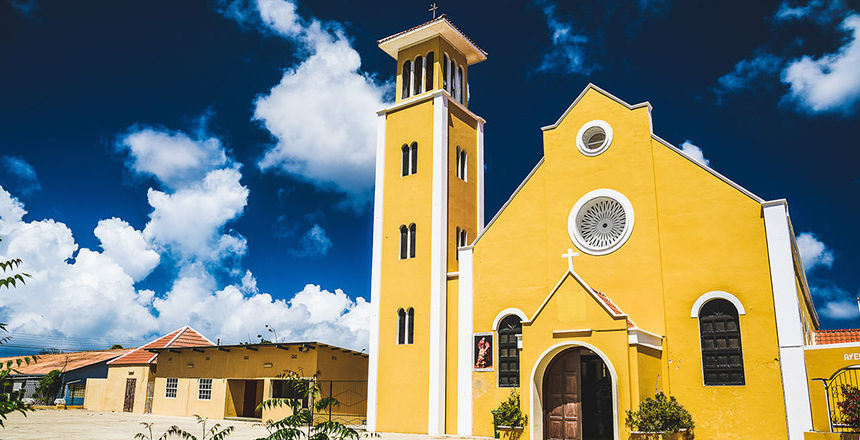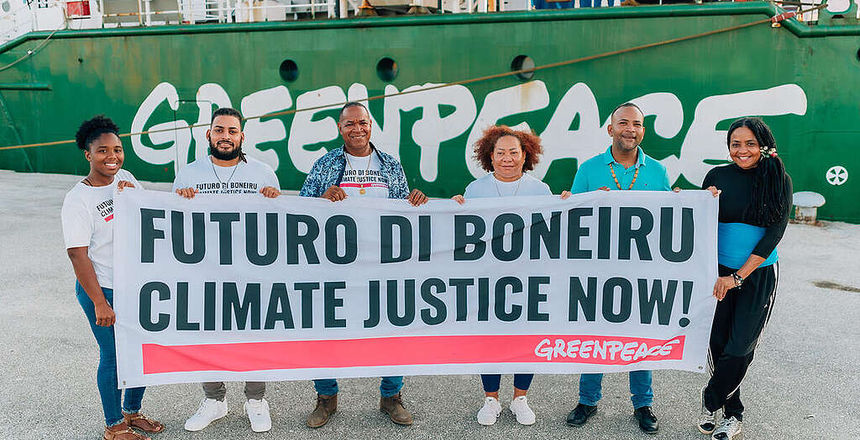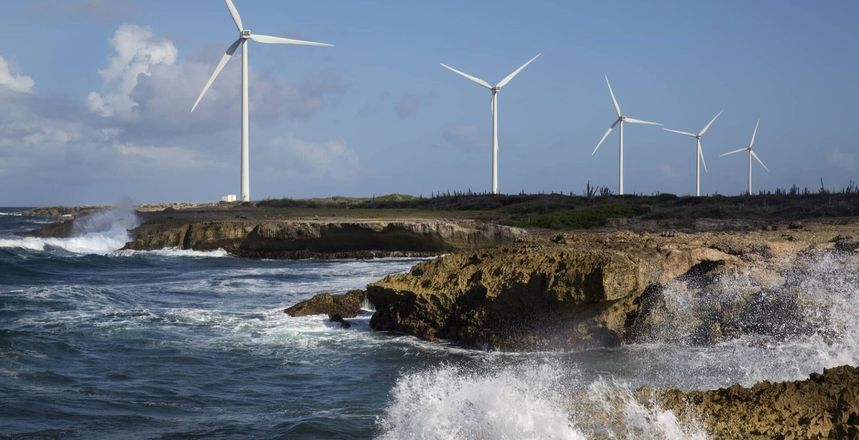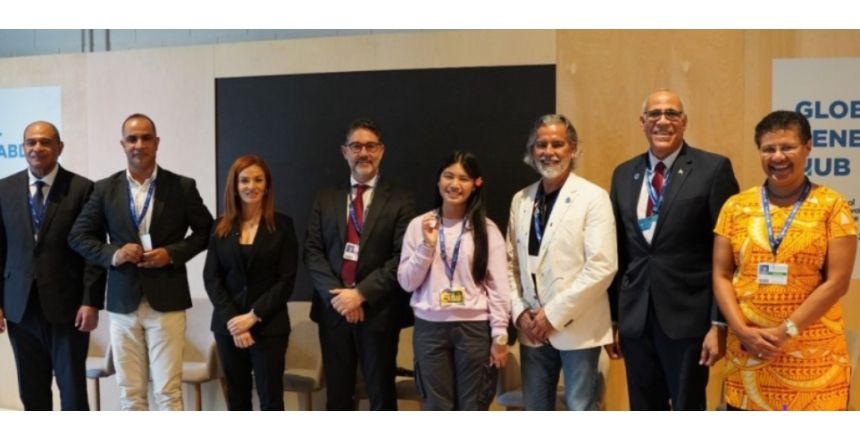News Sustainable Energy
3 min.
Back in 2020, the Wageningen University & Research (WUR) in the European Netherlands announced that it had started preparations for the creation of a masterplan for Bonaire. This plan had to focus on the creation of a legal framework for restoration and conservation of natural resources and sustainable land and water use in the Caribbean Netherlands. The result is a sustainability scenario that represents various options for the island’s future by 2050. You can consult the complete work by WUR here and in this article, we’ll briefly explain the challenges it addresses and the alternatives it envisions.
Major challenges for Bonaire
As a result of its tiny size and relatively remote location, Bonaire, like the other islands from the Caribbean Netherlands, is facing a series of big challenges. From managing the delicate balance between (mass) tourism and environmental preservation to battling erosion problems and all of the problems arising as a result of global warming, including the rising sea level, the dire need for more sustainable energy sources and the loss of biodiversity; it’s clear that Bonaire finds itself at a crucial moment in its history. While the evolution of these and several other challenges is uncertain, one thing is for sure: Bonaire will look a lot different by 2050.
As basically everywhere on our planet where human beings live, the growth of the human population, both permanent and temporary, poses one of the biggest challenges for Bonaire. “Bonaire 2050: A Nature Inclusive Vision” estimates that the population of the island will have doubled by 2050, while the number of annual cruise tourists will be five times as high. As a result of these demographic and touristic trends, local infrastructure will need to be drastically expanded and not just that. The island will require about three times more energy and almost double the amount of water it consumes today.
At the same time, global warming and unsustainable local development are making fresh water both less easily accessible and more expensive. This trend is only exacerbated by the problematic presence of free-roaming goats and other (semi-)wild herbivores, who destroy local crops and provoke soil erosion. All of this together makes local villages and even cities much more vulnerable to floods, and to the erosion of land on which structures have been built and where people are living. The reduced soil quality results in worse conditions for local agriculture, which in turn increases Bonaire’s dependence on imported products, something they desperately want to avoid as it makes them even more vulnerable to external economic shocks as well.
Balance between man and nature
All of the above, of course, represents a scenario in which little to nothing has been done today in terms of Bonaire’s sustainable future tomorrow. The objective of 'Bonaire 2050: A Nature Inclusive Vision' is to prevent such a scenario, though, and to provoke a dialogue about how that prevention can be achieved. That’s why the research also presents a more ideal vision for the island within thirty years, mainly based on a drastically improved balance between human development, nature preservation, and economic interests. Some of the most important aspects of that vision:
Demographic stability
In the best scenario, local policies with support from the European Netherlands have resulted in a stabilized local population count, as well as strictly planned urban expansion. Urban projects have been limited to specific designated areas, which has only improved the relationship between man and nature.
Shift away from mass tourism
Most experts on the matter nowadays agree that mass tourism, while valuable to Bonaire from a purely economic point of view on the short and medium term, is a problem for the island and its unique natural environment. That’s why Bonaire 2050 advocates a considerable reduction of cruise tourism and an increased focus on more premium eco-tourism overall. Less people, more value, so to say.
Wind energy the way
By 2050, Wageningen University & Research expects most of the energy in Bonaire to come from wind energy. Additionally, homes and offices are designed in such a way that they collect rain and sunlight in the most efficient way. That energy is used by urban power grids and saved in batteries in the more rural regions. These developments are crucial is Bonaire truly wants to become more self-sustaining in terms of its energy needs.
Optimal water usage
The rainwater mentioned earlier is collected and then used in a variety of ways, including the spraying of gardens and the refreshing ponds. This way, no energy needs to be used anymore to desalinate salt water and the efficient water collection methods will considerably reduce the waste of fresh water and the erosion of good land as a result of flowing water.
Focus on local produce
If it’s up to the WUR, local production of fruit and vegetables has become a regular way of life in Bonaire by 2050. The produce is sold to local restaurants, hotels and supermarkets, while the organic waste is turned into food for goats and other animals. The masterplan even envisions a complete food forest, right in Rincón valley (header image features Rincón’s famous Parokia San Luis Beltran, or St. Louis Bertrand Church in English), located in the middle of Bonaire.
Want to know more about “Bonaire 2050: A Nature Inclusive Vision”?
Get in touch with us here and we’ll be happy to answer your questions and/or refer you to the researchers at Wageningen University & Research!
The basis for this article was originally published on www.bonaire.nu and others in January 2023.





